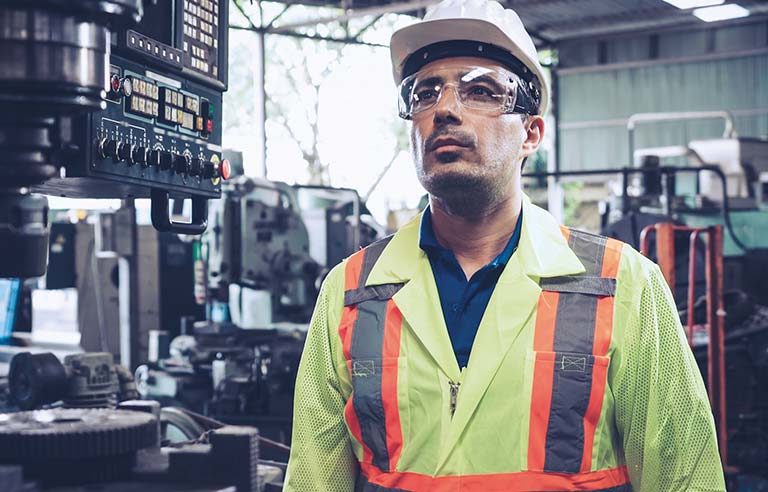Trends in personal protective equipment 2021
'A big move to better PPE'

Page 2 of 3
What PPE challenges are customers reaching out to you about?
“New technologies have made it possible to create feather-light materials with the highest levels of cut protection. When you add advanced glove coatings that can absorb oils without saturating the glove, or that are custom-made for specific industries like glass with special handling needs, we’re getting down to a level of specificity that will be able to serve any industry with any need.
“New technologies in heat safety are providing materials that cool almost instantly and stay cool for as long as two full hours with unlimited reactivation. This is a huge benefit for workers who need more than shade and hydration to keep them safe from heat illness.”
– Anderson
Charles Johnson
President and CEO
International Safety Equipment Association
“With customers using PPE more frequently and for extended periods of time, they’ve become unhappy with the level of comfort they’ve experienced with tight-fitting negative pressure respirators in particular. A lot of customers have reported issues with facial bruising and difficulty breathing when using these systems. Because of this, we’ve found customers are actively searching and pursuing new forms of PPE, like powered air-purifying respirator systems, as they want to increase their level of comfort at work, while ensuring they’re better protected.”
– Hartley
“Main challenge revolves around supply chain. Our customers are reaching out to us to either commit to certain supply levels or to confirm we can supply their new customers.”
– Kachlan
“We’ve continuously seen proper fit as a growing challenge in the industry. There is a need for more sizing and fit options, specifically geared for smaller build and female workers.
“Additionally, how integration of PPE all works together can be a challenge.”
– Richman
“Given the current state of the world, one of the biggest challenges customers are facing is how to keep safety eyewear from fogging up when worn with a mask. Lenses with inherent anti-fog treatment are far and above the best solution, as wipes and after-production treatments will eventually wear off (sometimes after only a few hours of use).
“Another challenge we’re hearing about is dropped object prevention. As awareness of the ANSI/ISEA 121-2018 standard grows, we’re receiving more questions than ever about compliance, policy creation and solutions.”
– Thunstrom
Post a comment to this article
Safety+Health welcomes comments that promote respectful dialogue. Please stay on topic. Comments that contain personal attacks, profanity or abusive language – or those aggressively promoting products or services – will be removed. We reserve the right to determine which comments violate our comment policy. (Anonymous comments are welcome; merely skip the “name” field in the comment box. An email address is required but will not be included with your comment.)

